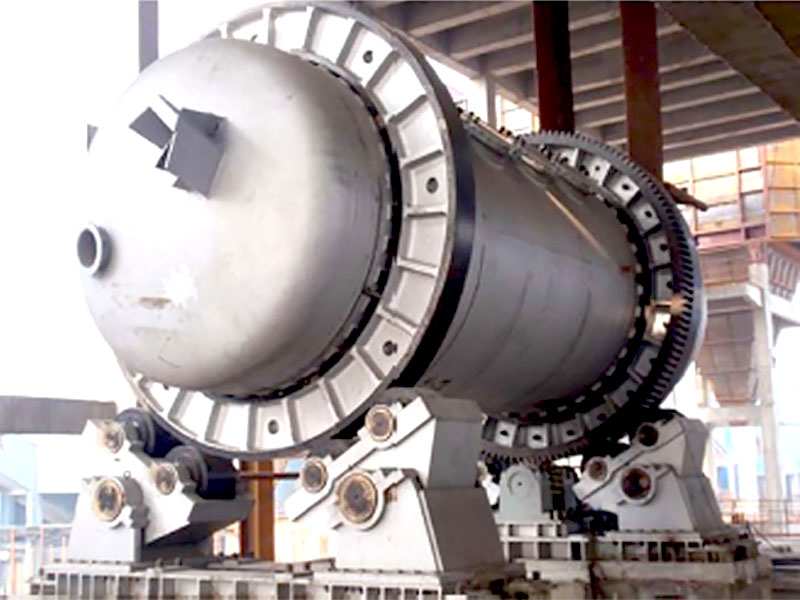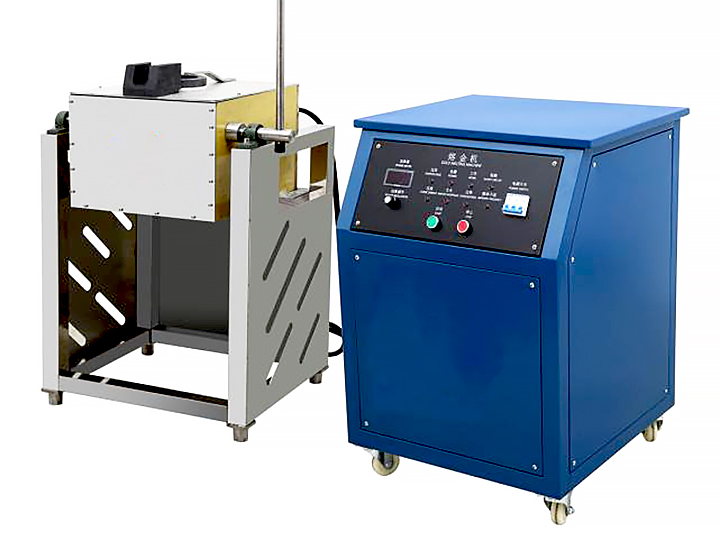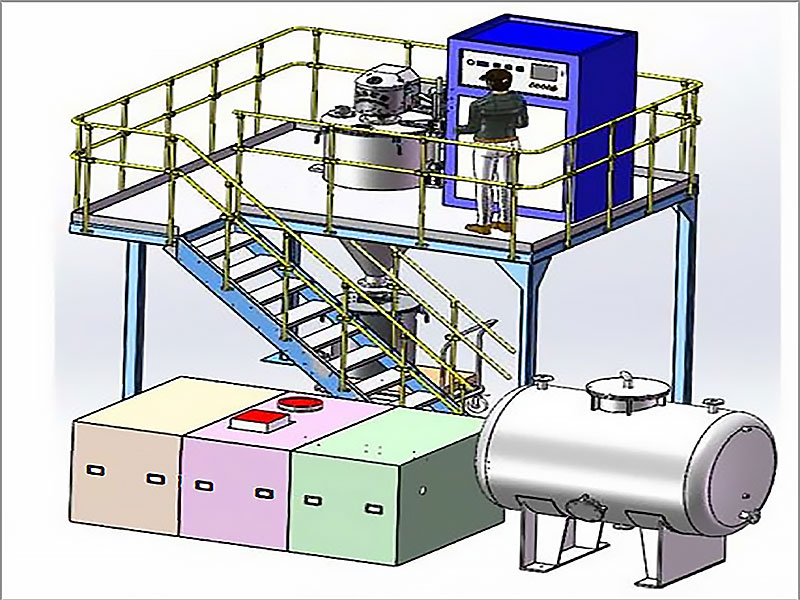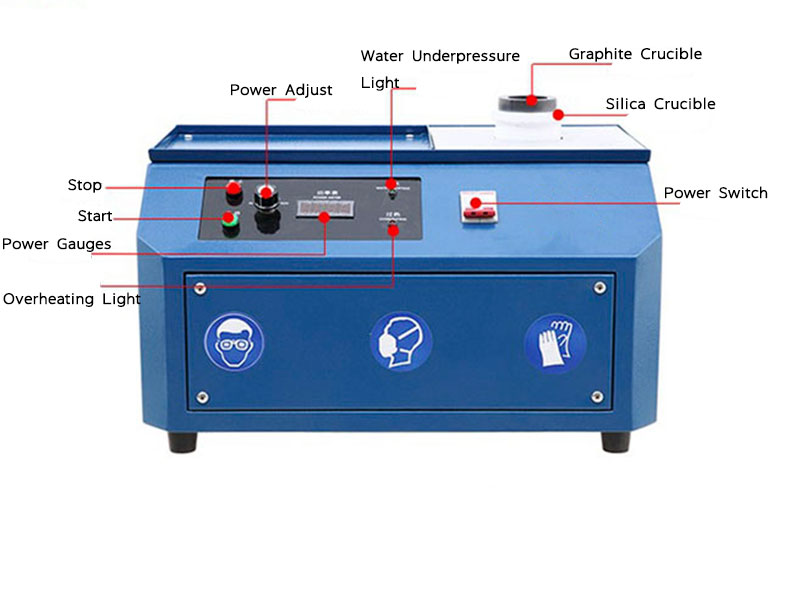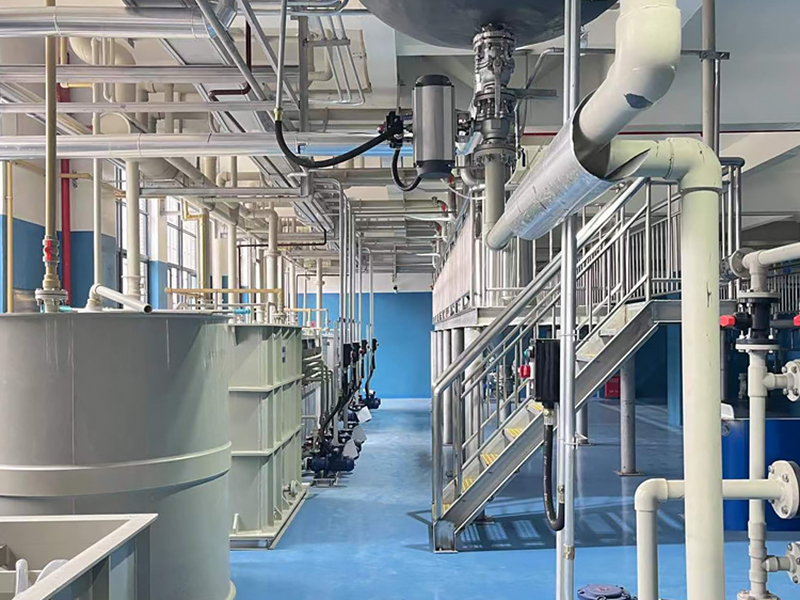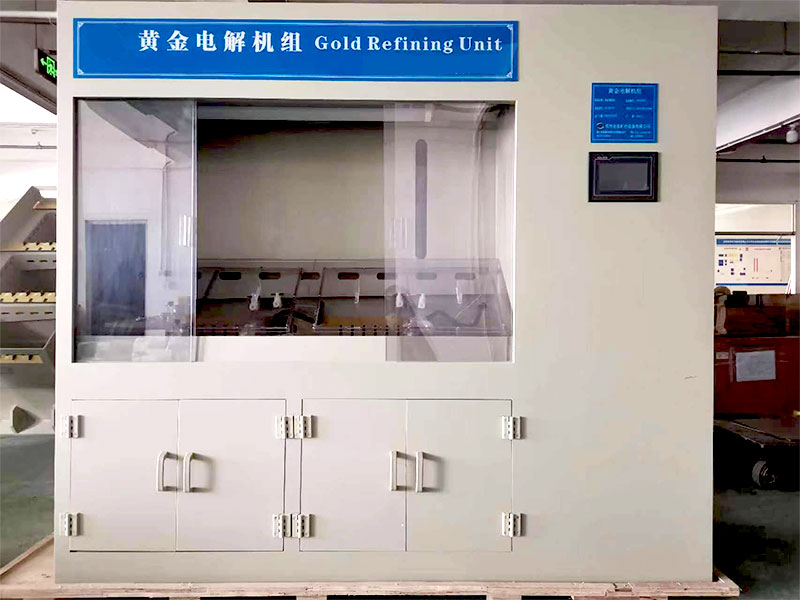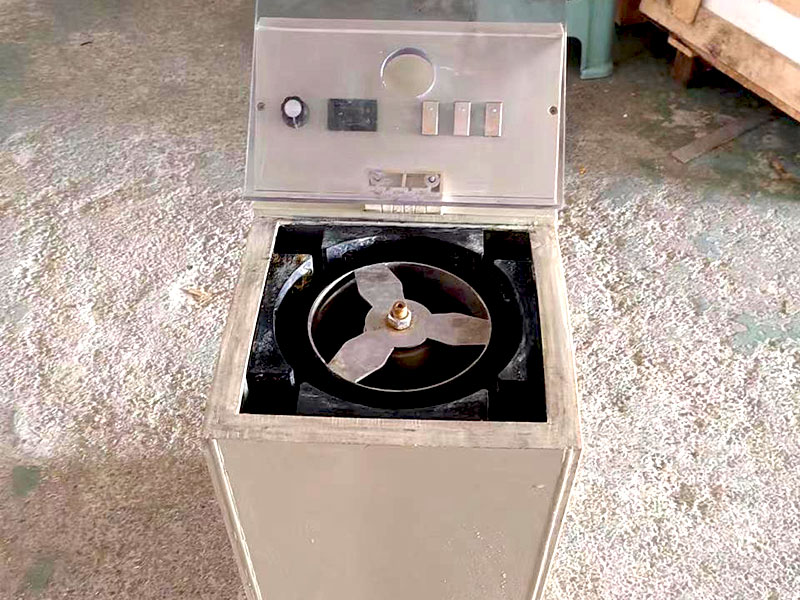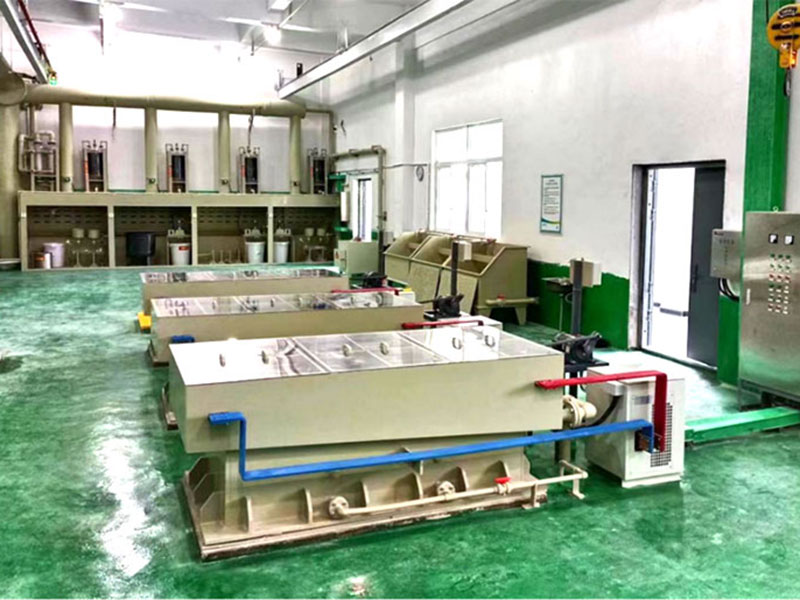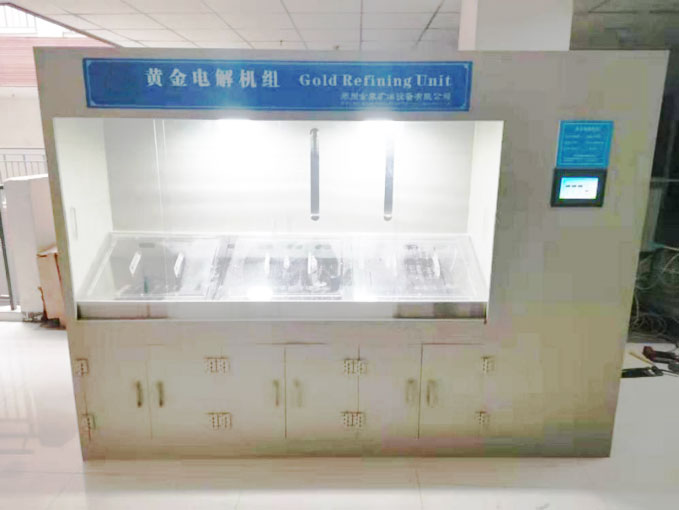Silver Smelting Prices
Understanding Silver Smelting Prices: A Comprehensive Guide
Silver smelting is a critical process in extracting silver from its ores. As one of the most valuable metals globally, understanding the dynamics of silver smelting prices can significantly impact the profitability of mining operations and the broader economy. This guide, brought to you by FRT Machinery, delves into the complexities surrounding silver smelting costs, providing insights that are essential for anyone involved in this industry.
Silver Smelting Prices and Market Fluctuations
The price of silver smelting is not static; it fluctuates based on several market factors. These include global economic conditions, supply chain disruptions, and changes in demand. For instance, during periods of economic uncertainty, the value of precious metals like silver tends to rise, thereby increasing smelting costs. Conversely, when economies are stable, these costs might decrease. FRT Machinery’s advanced smelting technologies are designed to adapt to such fluctuations, ensuring operational efficiency regardless of market conditions.
Factors Influencing Silver Smelting Prices
Several key factors influence the cost of smelting silver. Energy costs, for example, play a significant role due to the high temperatures required in the smelting process. Additionally, the type and quality of ore can affect prices. Higher-grade ores often require less processing, potentially lowering overall costs. FRT Machinery offers solutions that optimize energy use and maximize yield from various ore types, contributing to more sustainable and cost-effective smelting processes.
Technological Advancements Impacting Silver Smelting Prices



Advancements in technology have also had a profound effect on silver smelting prices. Innovations in smelting equipment, such as those developed by FRT Machinery, have led to increased efficiency and reduced waste, directly impacting the bottom line. Automation and smart machinery, for example, reduce labor costs and improve safety, making the smelting process more economical and viable for operators of all sizes.
Sustainability Initiatives and Silver Smelting Prices
Increasingly, sustainability is becoming a key consideration in the silver smelting industry. Companies are looking for ways to reduce their environmental footprint while maintaining profitability. FRT Machinery supports these initiatives through the development of eco-friendly smelting technologies that minimize emissions and energy consumption, helping to stabilize or even lower smelting prices over time.

Global Regulations and Their Effect on Silver Smelting Prices

Regulatory frameworks around the world can also influence silver smelting prices. Stricter environmental regulations, while necessary for protecting our planet, can increase operational costs for smelters. However, FRT Machinery collaborates closely with regulatory bodies to ensure that its products comply with all standards, helping clients navigate these challenges without compromising on quality or cost-effectiveness.
Future Trends in Silver Smelting Prices
Looking ahead, the future of silver smelting prices seems to be influenced by a combination of technological innovation, sustainability efforts, and global economic trends. FRT Machinery remains committed to driving forward with research and development aimed at making smelting processes more efficient, cleaner, and ultimately, more affordable. By staying informed and adapting to these trends, stakeholders in the silver industry can better prepare for the evolving landscape of smelting costs.
Understanding the intricacies of silver smelting prices is crucial for maximizing profitability and sustainability. Whether you’re a seasoned industry veteran or just starting out, keeping abreast of these factors will undoubtedly benefit your operations. FRT Machinery stands ready to support you with cutting-edge solutions tailored to meet the demands of today’s dynamic smelting environment.

